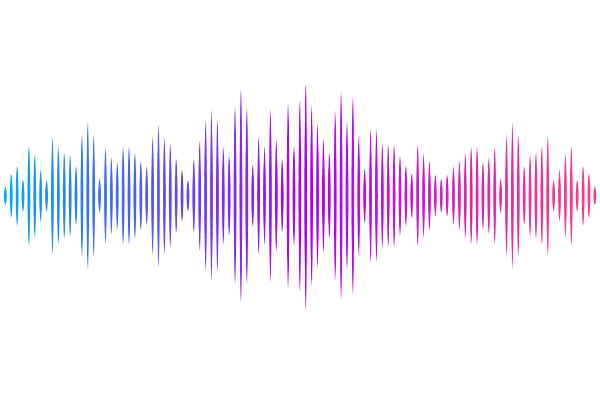Examination of the enrichment of neuronal extracellular vesicles from cell conditioned media and human plasma using an anti-NCAM immunocapture bead approach

Examination of the enrichment of neuronal extracellular vesicles from cell conditioned media and human plasma using an anti-NCAM immunocapture bead approach
Collier, M. E. W.; Allcock, N.; Sylvius, N.; Cassidy, J.; Giorgini, F.
AbstractBackground: The isolation of neuron-derived extracellular vesicles (nEVs) from biofluids offers the potential to discover novel biomarkers to aid in diagnosis and treatment of psychiatric and neurodegenerative diseases. A few studies have used anti-NCAM antibody-bead-based immunocapture to enrich nEVs from plasma, some with little method validation. We therefore examined in detail this method for nEV enrichment. Methods: EVs were isolated from SH-SY5Y cell-conditioned media by precipitation, or from plasma using size exclusion chromatography. EVs were characterised using nanoparticle tracking analysis (NTA), transmission electron microscopy (TEM) and immunoblot analysis. SH-SY5Y-EVs were incubated with anti-NCAM immunocapture beads and examined by flow cytometry, immunoblot analysis and scanning electron microscopy (SEM). Immunocaptured plasma-derived EVs were examined using a sensitive NCAM ELISA, SEM and qPCR for miRNAs. Results: Characterisation of SH-SY5Y-derived and plasma-derived EVs revealed the expected size distributions of EVs using NTA, the presence of EV markers using immunoblot analysis, and a cup-shaped morphology using TEM. Anti-NCAM beads, but not anti-L1CAM or IgG beads, captured NCAM-positive SH-SY5Y-EVs as shown by flow cytometry and immunoblot analysis. Both SH-SY5Y and plasma-derived EVs were visualised on the surface of anti-NCAM immunocapture beads using SEM. A sensitive NCAM ELISA detected NCAM antigen in plasma-derived EVs immunocaptured on anti-NCAM beads. qPCR analysis of plasma-derived EVs detected many miRNAs in total plasma-EVs with high expression of hsa-miR-16-5p, hsa-miR-451a and hsa-miR-126-3p. However, only between two and seven miRNAs were detected in EVs captured on anti-NCAM-beads from three blood donors. Finally, tissue distribution analysis of miRNAs from plasma-derived EVs on anti-NCAM beads revealed that these miRNAs are enriched in tissues or organs such as blood vessels, lung, bone, thyroid and heart, but were not enriched for brain-derived miRNAs. Discussion: This study indicates that anti-NCAM beads can efficiently enrich NCAM-positive EVs from cell culture conditioned media. However, nEV levels in small volumes of plasma are possibly too low to enable efficient anti-NCAM immunocapture for subsequent miRNA analysis. Other neuron-specific markers with high expression levels on nEVs are therefore required for processing patient samples where plasma volumes are likely to be low, and to allow efficient isolation of nEVs in clinical studies for subsequent cargo analysis.